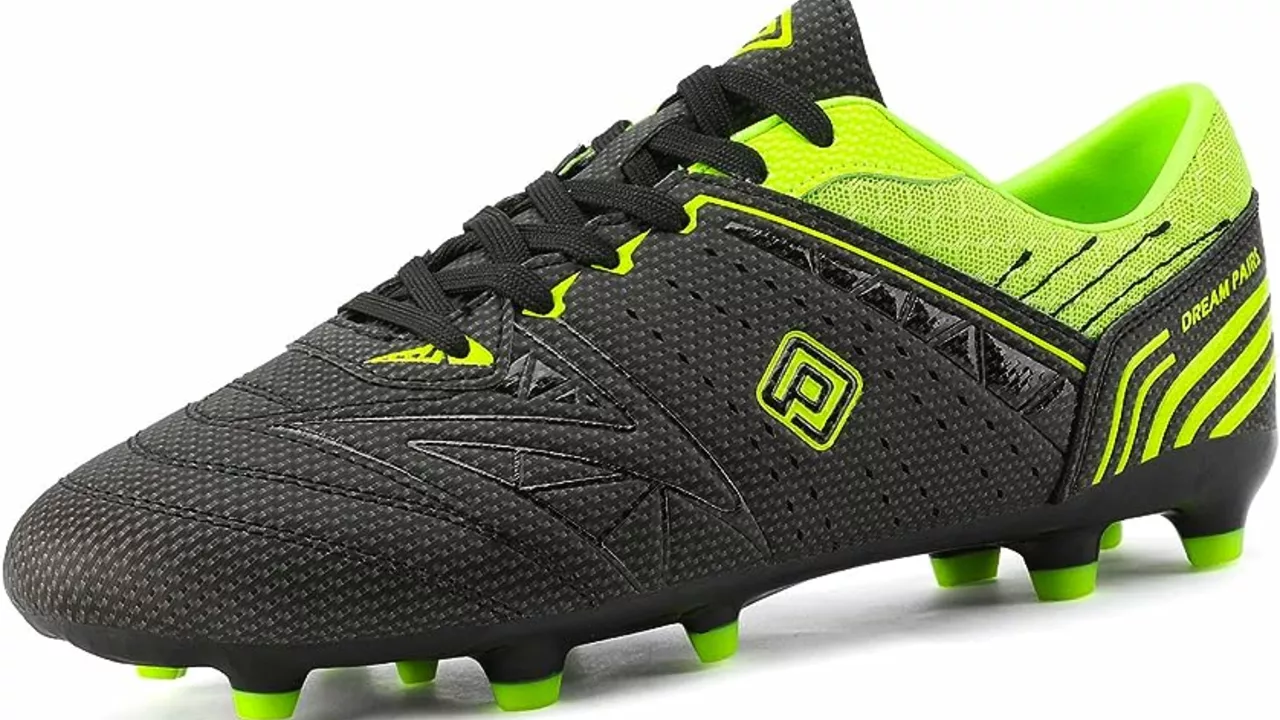Spikes: How to Choose the Best Soccer Cleats for Your Game
If you want to run faster, turn sharper, and feel more stable on the pitch, the right spikes matter. It isn’t just about looking cool – the right cleats can protect your feet, reduce slipping, and let you focus on the ball. Below we break down the main types of spikes, what situations they fit best, and practical steps to pick and care for a pair that works for you.
Types of Soccer Spikes
Most soccer cleats fall into three groups: firm‑ground (FG), soft‑ground (SG) and turf (TF). FG spikes have short, conical studs that work on dry or slightly wet grass. They give a good mix of grip and comfort for everyday matches. SG spikes are longer and shaped like blades; they dig into wet, muddy fields and are best for heavy rain games. If you mostly play on artificial surfaces, TF cleats have many tiny nubs or rubber plates that spread pressure evenly and prevent slipping on hard turf.
Some brands also offer a hybrid model called multiground (MG) that blends FG and SG studs. These are handy if you play on different pitches during a season. The key is to match the stud shape and length to the ground you’ll be on most often – a wrong choice can make you feel unstable or cause sore spots on your foot.
How to Pick and Care for Your Spikes
Start by measuring your foot inside your soccer sock. Most stores have a simple sizing chart; pick a size that leaves a thumb’s width of space at the front of the shoe. Try the cleats on a hard floor – you should be able to wiggle your toes, and the heel should sit snugly without sliding.
Next, think about your playing style. If you’re a speed‑driven winger, look for a lightweight upper and a low‑profile stud layout that lets you sprint without extra weight. Defenders who need quick changes of direction benefit from a broader sole and more studs for stability. Goalkeepers usually prefer a solid base and extra ankle support.
Once you have a pair, keep them in good shape. After each match, brush off mud and let the shoes air dry away from direct heat – too much heat can crack the material. Use a shoe tree or stuff them with newspaper to keep the shape. Replace worn studs when they start to feel smooth; a worn stud loses grip and can cause slips.
Finally, don’t ignore the fit over time. Your foot can change size with age or training, so check the snugness every few months. If you notice blisters or hot spots, it might be time for a new pair or a different insole.
Choosing the right spikes isn’t a mystery – it’s about matching the stud type to the field, picking a size that feels secure, and caring for the shoes so they stay sharp. Follow these steps and you’ll notice better balance, more confidence, and fewer foot aches during games. Ready to upgrade your cleats? Head to your local soccer shop or browse online stores and test a few options. Your feet will thank you, and your performance will show the difference.
